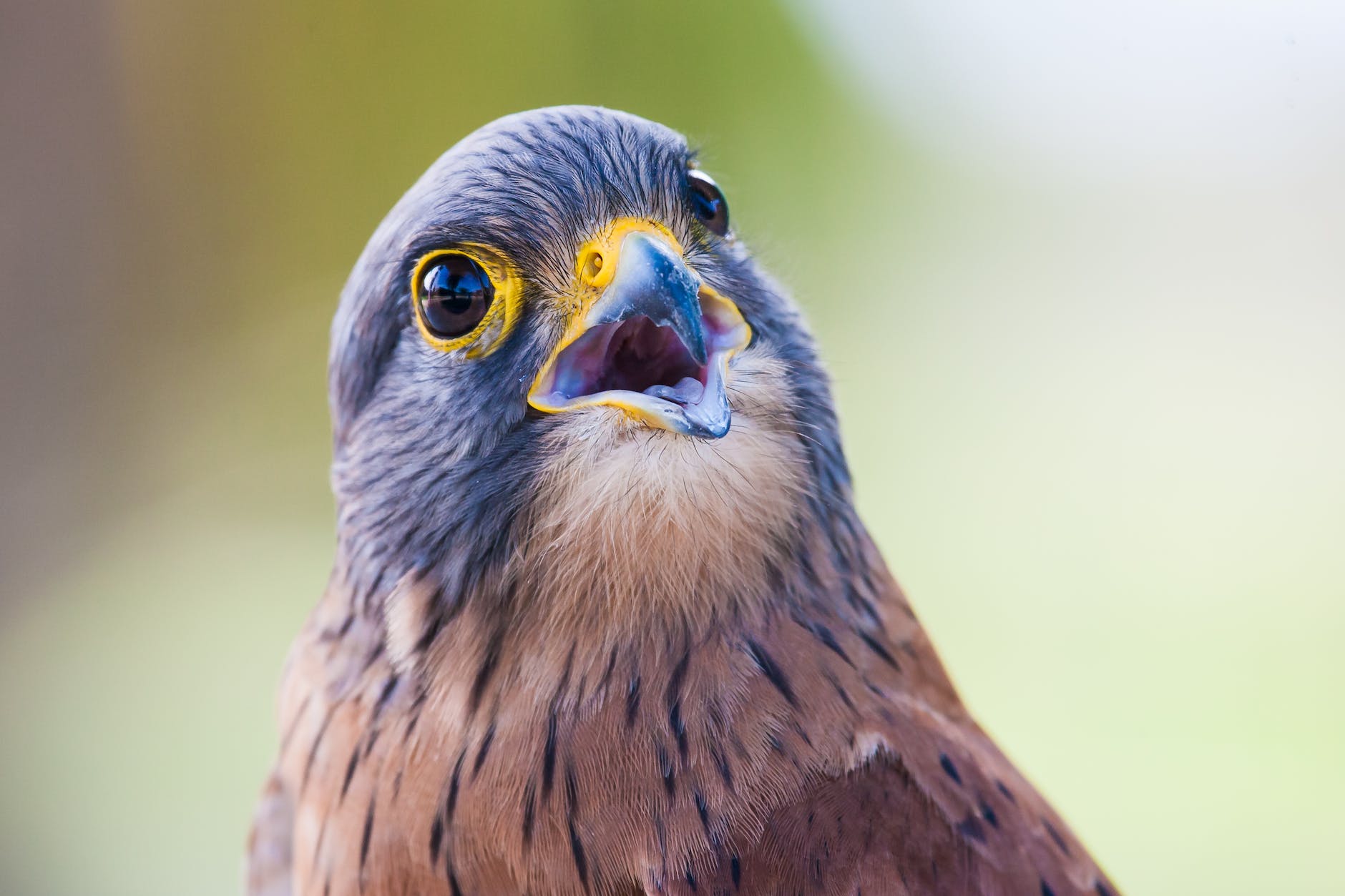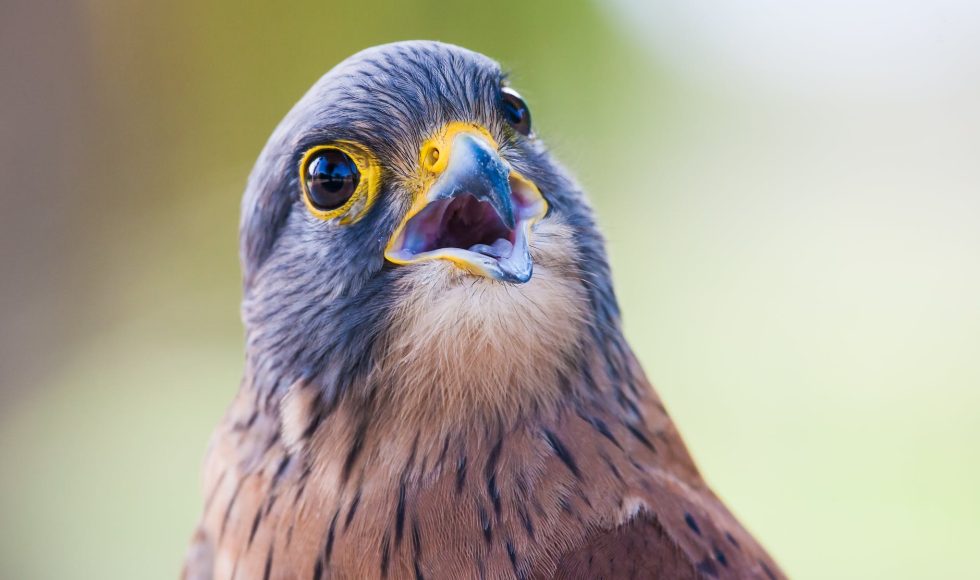The London Calling 2023 showcase on conservation included a session entitled “A low-cost, rapid approach to generate non-model genomes for biodiversity and conservation genomics.” Matt Miller Is from Reneco Wildlife Conservation in the United Arab Emirates. They work on conservation and captive breeding. Miller noted that “Reference Genomes are Models.” Miller said that “no genome is perfect” but maps are often good enough for navigation. Four genomes they have worked on are the Arabian bustard, asian houbara, red sea sea bream, and red sea coral grouper. These genomes were about 1 Gbp in size and used 20-39 Gbp of ONT data. The Busco scores were 96-98% complete with ~30X coverage! Miller noted that these cost in terms of consumables about one third of traditional “platinum” genomes. Their genomes are done “at scale” and they are trying to sequence all native fish species in the Red Sea! The government of the UAE has invested heavily in conservation efforts, and, while these are not genomes to the chromosome level, they are extremely useful genomes for conservation efforts. These genomes were generated from sequencing to draft genome with a team of two or three within a week. Reneco’s genomics work allows them to manage their breeding program and provides insights into community structure.



